It’s usually about this time of year that the memories function on Facebook reminds me what I was thinking and feeling around the time of the 2014 independence referendum.
I was hopeful, mostly: excited and stupidly optimistic.
With hindsight, it’s easy to see why the belief that Scotland was about to embark on an exciting new future was so misplaced.
We were as loud as we were enthusiastic. My family were for Yes and so were most of my friends. In the lead up to polling day, I saw and heard so much that convinced me that we were on the cusp of something monumental.
In the end, the result was closer than Westminster would have liked but a vast distance from where Yes supporters had hoped we would end up.
‘Legitimate questions about serious issues’
From that campaign we learnt what happens when you settle into the comfort of your own echo chamber.
Many thousands of words of analysis have been written about what went wrong for the Yes campaign back in 2014.
We know that we failed to convince soft No voters on the legitimate questions they had about issues such as currency and pensions.
I won’t rehash them here.
Because what is becoming increasingly clear is that far from learning from the mistakes of the past, we are at risk of repeating them.
One of the great strengths of the 2014 campaign was the power and energy of the grassroots movements that sprung up organically across Scotland.
They were some of the most impactful boots on the ground: the folk hosting cultural events and community campaigning.
The fact that the Yes campaign was once linked to the electoral strength of the SNP used to be a good thing. Their success as the main party of independence could only bolster the wider cause.
But with the SNP currently embroiled in chaos over the ongoing investigation into party finances, that alliance isn’t as advantageous as it once was.
‘Fatigued by the journey’
In an interview with The Courier this week, the retiring Glenrothes MP Peter Grant said that independence is inevitable.
“There will be a pro-independence victory in Scotland. I think the SNP will fight the next election on a specific mandate for independence – not for a referendum,” he said.
I don’t agree with Peter Grant that independence is inevitable, though I sincerely hope it is.
The roughly 50% of popular support that independence for Scotland commands isn’t immovable. With care, competence and attention, it can be grown into a sustained, comfortable majority. Continued neglect and indifference will see it shrink.
The problem with being marched up the hill so many times and then sent back down again is that people become inevitably fatigued by the journey. It’s hard to harness the energy of Yes supporters when many have become disillusioned with a party that has failed to live up to its promises.
The blame for this state of inaction ultimately lies with the UK government, and its refusal to allow Scotland to vote on whatever matters its elected parliament decides are important enough to warrant consultation with the public.
The dry, legal and political arguments about mandates and where power lies are a turn-off for voters, which undoubtedly works in the unionists’ favour.
But if the SNP want to harness the energy of the post-2014 years and inspire the wider Yes movement to get back out there and convince their friends and family of the positive case for independence, then they need to get their act together.
Another promise of another election campaign fought on the issue of independence isn’t enough in itself to reignite the fighting spirit of a movement that was so hopeful just a decade ago, but is rapidly becoming weary.
School break has left me chaotic wreck
I am a shadow of the woman I was just a short eight weeks ago, when the school summer holidays got underway.
That past me was full of energy and vigour. I had set meal times and a regular exercise schedule. My time was mapped out to maximise efficiency. The house was clean and I brushed my hair semi-regularly. All my plants were alive and happy.
But the relentless slog of the school break has left me a chaotic wreck. Our routine is shot to pieces.
Yesterday I had an entire box of fudge for lunch.
The muscles which I had been growing with such enthusiasm at the gym have turned to mush. My daughter is semi-feral.
After a week away on holiday with her dad her very soft Glaswegian accent has morphed into what Gerry Cinnamon must sound like when he hits a high note.
I want to work in peace, without being interrupted by a smaller, more formidable version of myself demanding snacks or – as happened this morning – fresh rosemary and sea salt for an ‘aura repair’ spell that she’s working on.
My heart longs for the school run and the period of blissful silence that follows it.
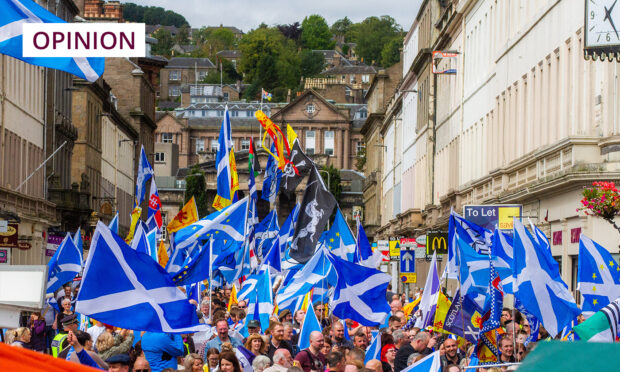
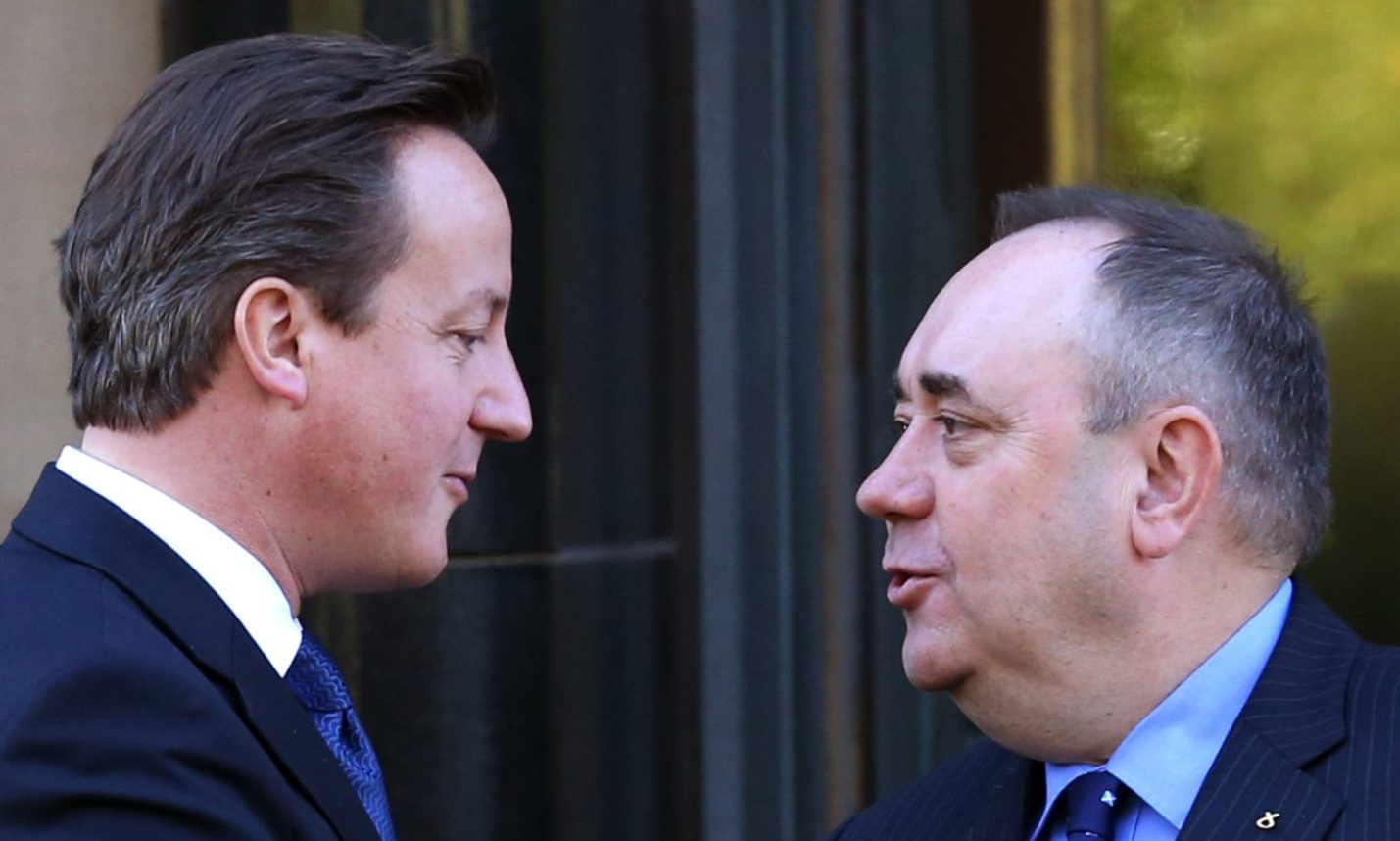
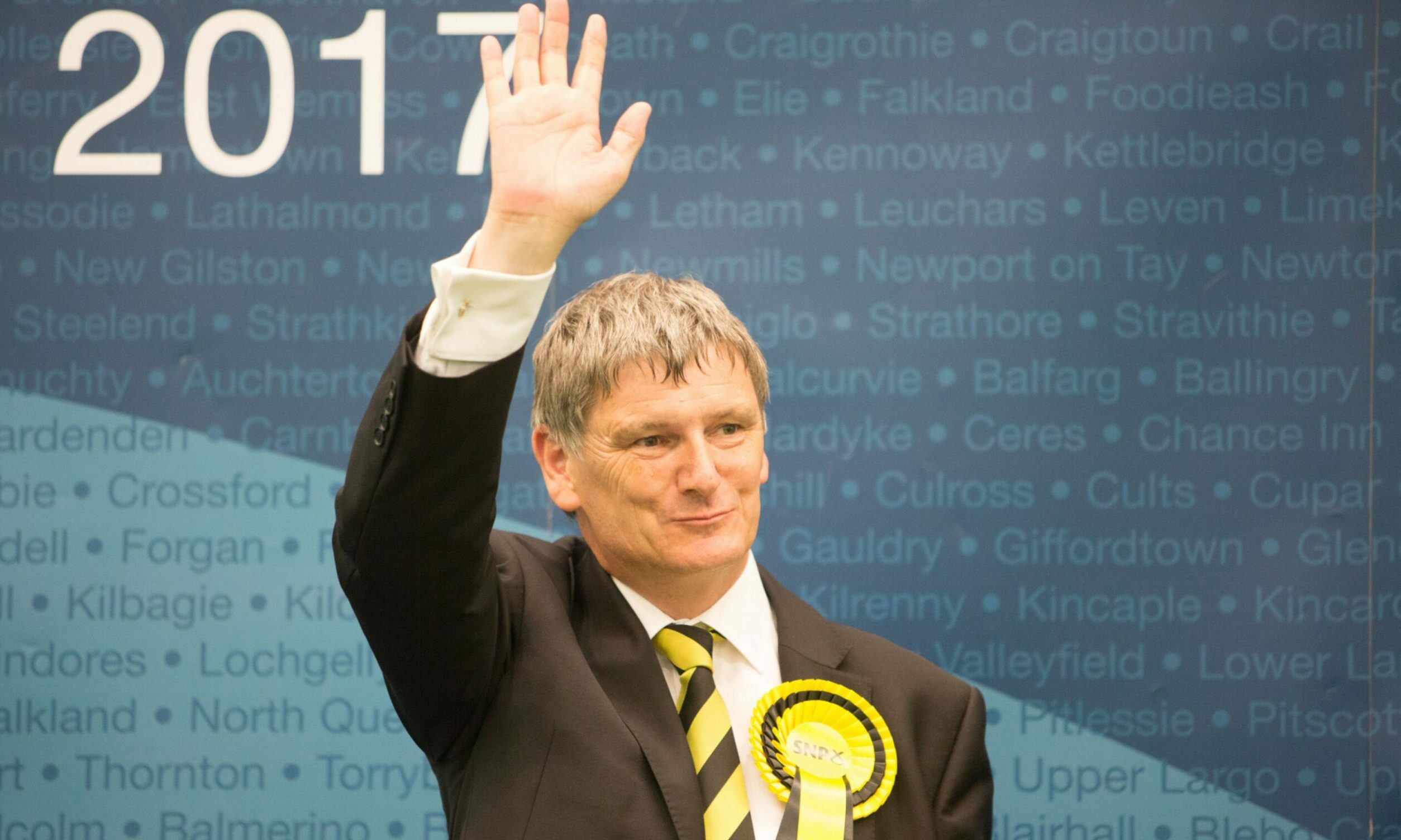
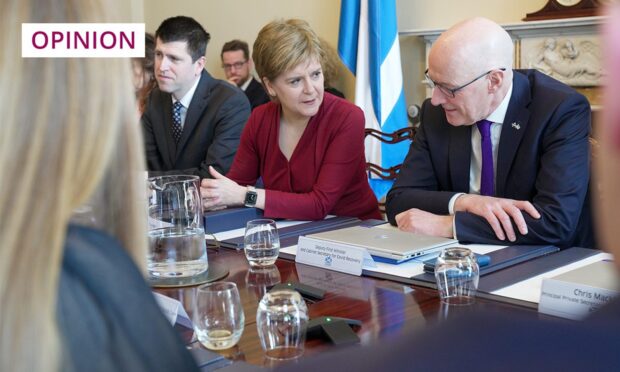
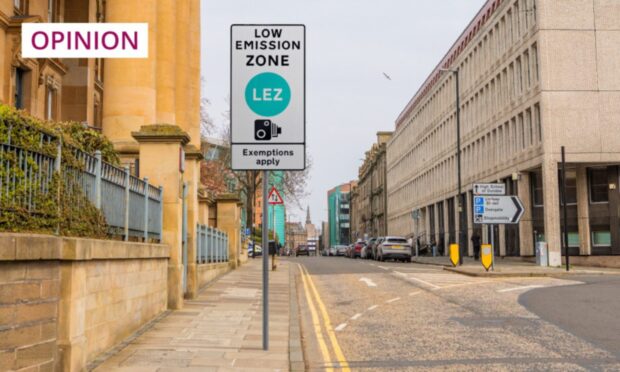
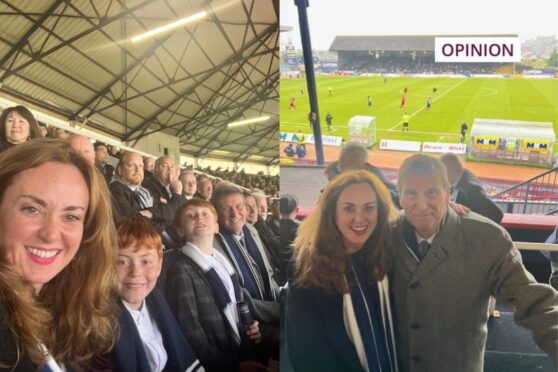
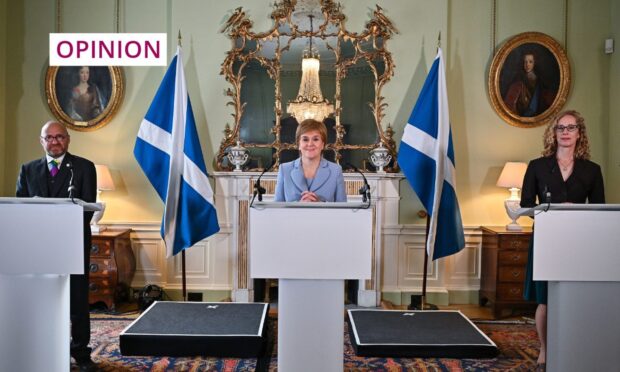
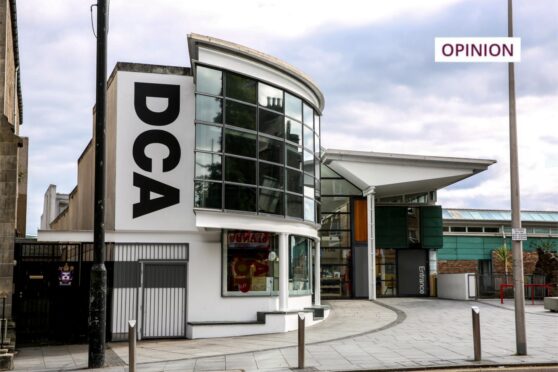
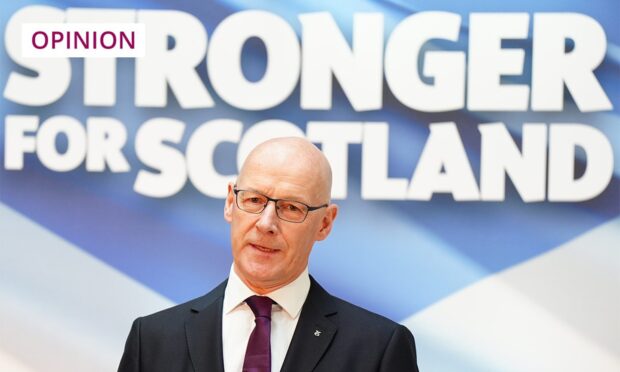
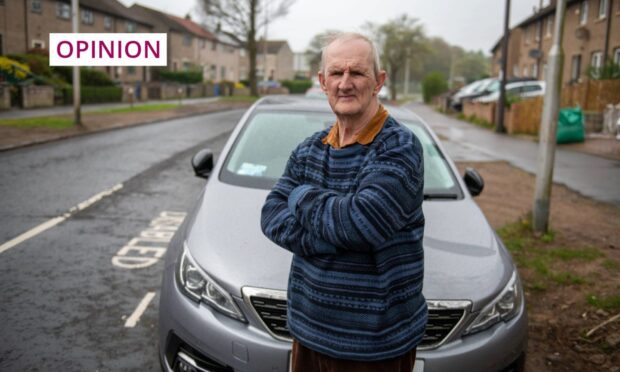
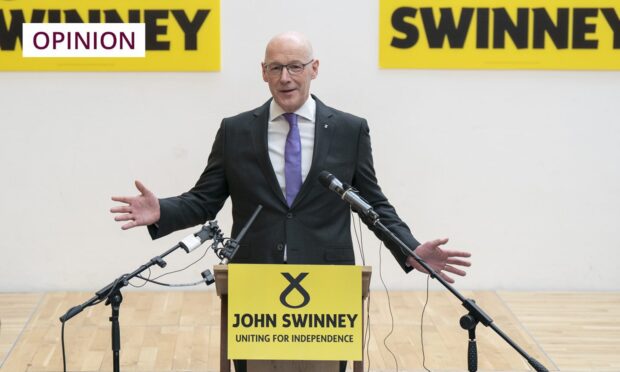
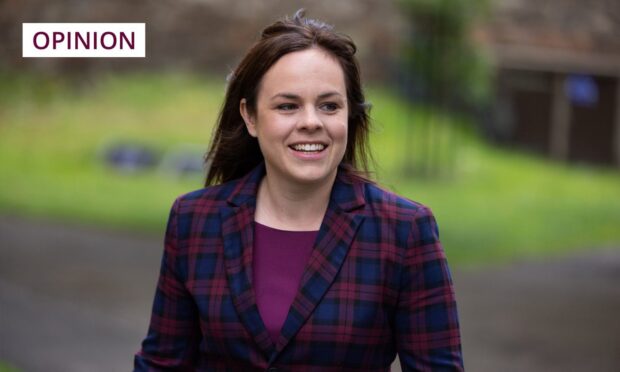
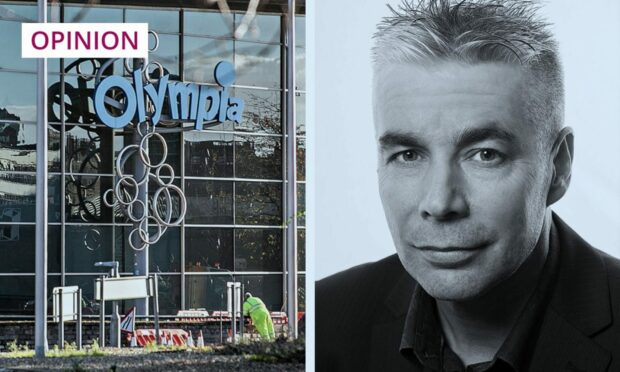
Conversation